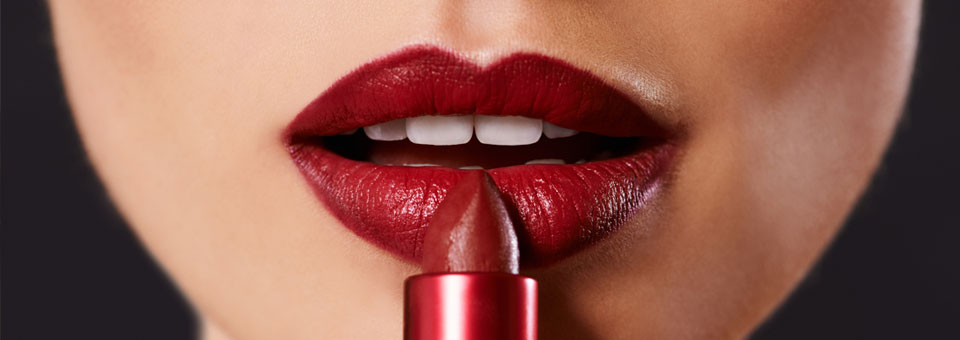
If you’re like my wife, you won’t leave the house without your lipstick on…
You don’t feel dressed without it.
I get it. Women spend hundreds — if not thousands — every year on personal care products and makeup. It’s a $50 billion industry in the U.S.
But our government requires NO testing of these products before they hit store shelves.
Gaping loopholes in the law allow companies to add pretty much whatever they want to your makeup.
And some of these products are downright dangerous. Like lipstick…
In 2011, the Food and Drug Administration analyzed 400 lipsticks. Every single one contained lead.
Among the biggest offenders were Maybelline, L’Oréal, Cover Girl, Revlon and Avon.1
You don’t want lead in your lipstick.
Lead is a neurotoxin. It can cause headaches, muscle aches and skin problems. High levels cause anxiety and depression, miscarriages, seizures and even cancer.
And lead is dangerous at very small doses. In fact, the Centers for Disease Control recently said that NO level of lead is really safe.2
Big Beauty and the FDA shrug off these concerns.
They say women don’t get that much lead from applying lipstick.
But I have to disagree…
I worry about the long-term effects of licking toxic metals from your lips every day. A UC Berkeley study estimated that some women apply lipstick 14 times a day.
That can add up to as much as 87 mg of lipstick a day.3
By some estimates, women eat four pounds of lipstick over a lifetime.
These toxins are also absorbed through your skin. Lead builds up in your body and gets stored in your blood, tissues, bones and teeth. It can take 10 years or more to get it out of your system.
The European Union has banned or restricted 1,300 chemicals in cosmetics. The FDA has restricted only 11.
You can’t count on the government to protect your safety. You have to protect yourself.
But there is good news…
You can buy lipsticks without high levels of lead.
The Campaign for Safe Cosmetics (CSC) publishes a list of its favorite products. More than 1,500 companies have signed their Campaign for Safe Cosmetics.
That’s a voluntary pledge to avoid harmful ingredients and fully disclose product ingredients. Click here to see the CSC’s approved cosmetic brands.
I’d never tell you not to wear your favorite lipstick. But if it does contain lead, maybe you can save it for a special occasion.
But if you want a really safe lipstick, you can make your own. Here’s how…
Pure & Safe Moisturizing Lipstick
Ingredients:
- 1 tablespoon coconut oil
- 1 tablespoon cocoa butter
- 1 tablespoon beeswax
- 2 – 4 drops peppermint or other essential oil
- 1/4 teaspoon of pigment made from cocoa powder or beet powder, or both, mixed to your desired shade (Cosmetic grade colored mica powder is another option)
Directions:
- Melt coconut oil, cocoa butter, and beeswax in a double boiler. Mix well.
- Stir in essential oil and pigment.
- To test the color, dip a toothpick into the mixture. Wait a few seconds for it to cool, and then test it on your lips. If a stronger color is desired, add more pigment.
- Carefully pour into an empty lipstick tube or jar.
To Your Good Health,
![]()
Al Sears, MD, CNS
1. U.S. Food and Drug Administration Product Information, “Lipstick and Lead: Questions and Answers”
2 Johnson L. “FDA, CDC warn certain lead tests may produce too-low results.” Associated Press. May 17, 2017.
3 Liu S. “Concentrations and Potential Health Risks of Metals in Lip Products.” Environ Health Perspect. June 2013.








